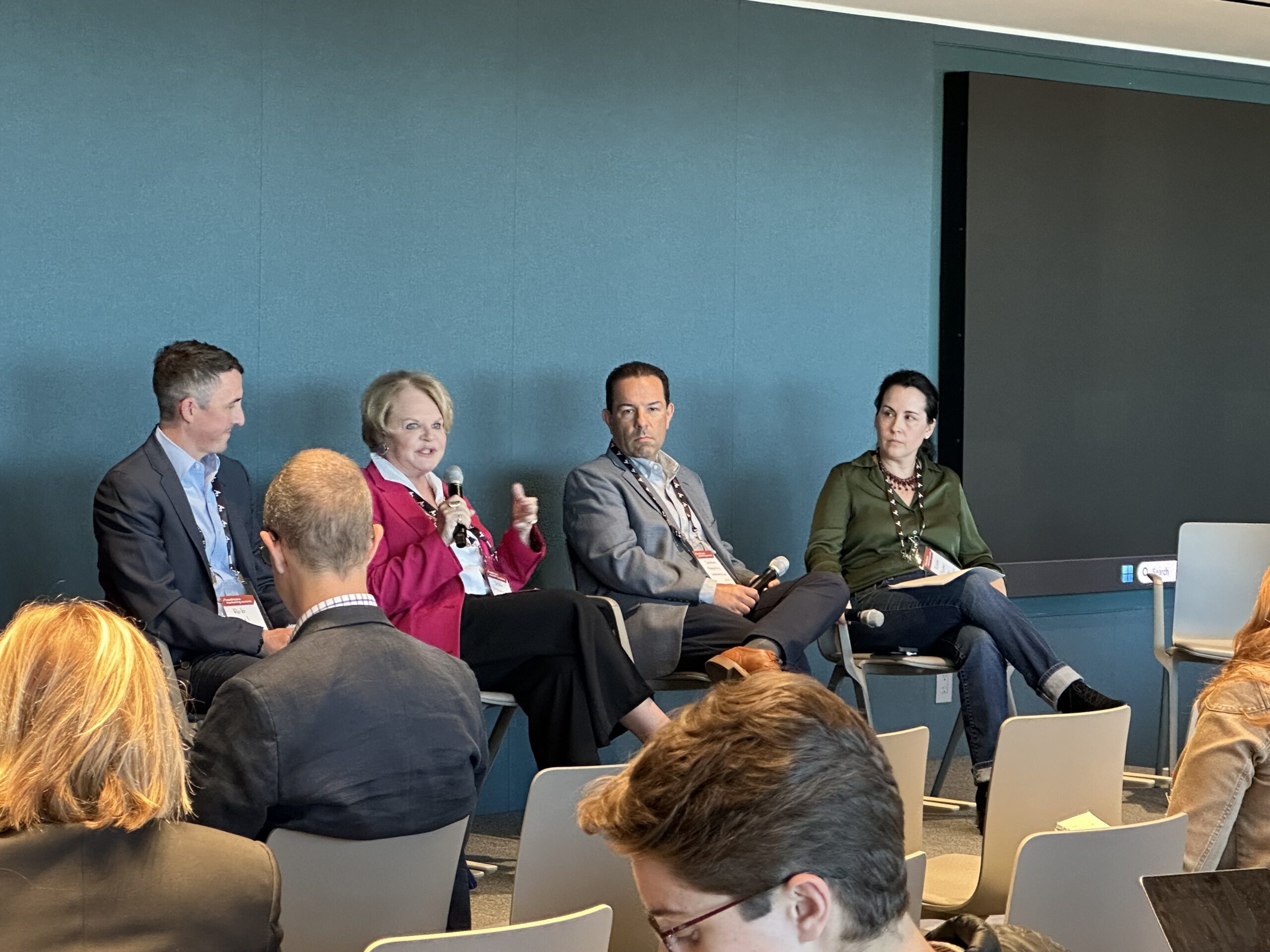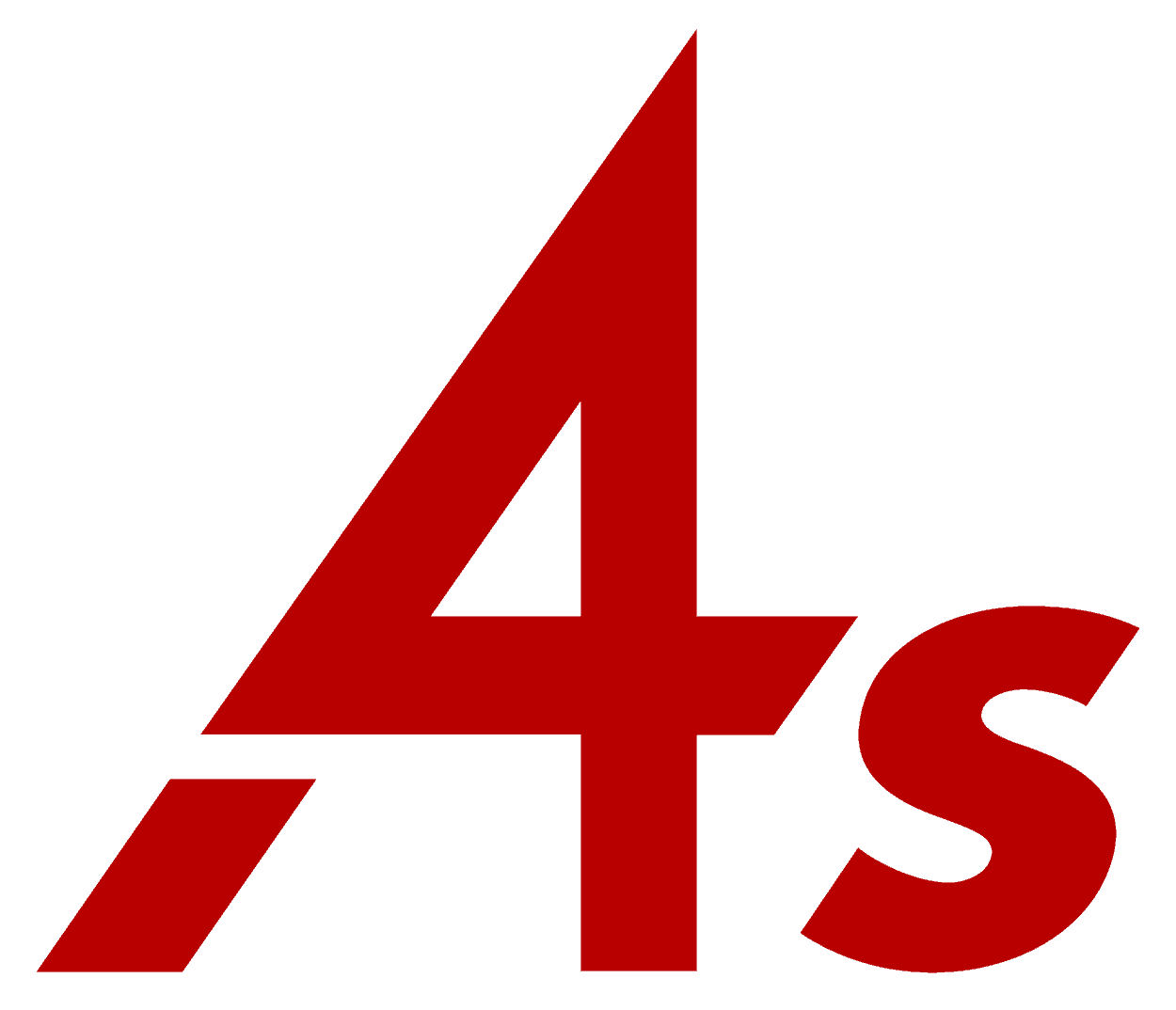Author
Alison Pepper
4A's EVP of Government Relations & Sustainability
Topic
- Government Relations
- Regulations
On August 1, 2023, the 4As submitted written comments to the Federal Acquisition Regulation Council (“FAR Council”) regarding an interim rule prohibiting federal contractors from using TikTok on devices used in service of a federal contract — Interim Rule FAR 52.204-27 Prohibition on a ByteDance Covered Application -FAR Case 2023-010 (“interim rule”). The interim rule specifies that the ban on TikTok and other ByteDance-developed services “applies to devices regardless of whether the device is owned by the government, the contractor or the contractor’s employees,” including “employee-owned devices that are used as part of an employer bring your own device program.” Personally-owned mobile devices that are not used “in the performance of the contract” are exempted from the ban.
Important for agencies, the interim rule says this ban extends to situations “where social media advertising services might be part of the procurement.” This effectively signals a pause on federal government TikTok spending. While exceptions are noted, including via a contracting officer providing written notification to the contractor that an exception has been granted in accordance with OMB Memorandum M-23-13”, advertising uses did not make the cut.
While the FAR Council has invited comments from the public up until Aug. 1, 2023, the rule was implemented with immediate effect starting from its June 2,2023 publication date.
4As comments on the interim rule focused on the following:
- Providing an overview of how advertising agencies traditionally partner with federal government agencies to advance their public messaging and customer service related campaigns;
- Highlighting the unique value that the use of TikTok can play in reaching young American audiences and the cost effectiveness of the platform;
- Establishing operational clarity concerning the use of TikTok in government contracts by agencies moving forward;
- Understanding applicability of the interim rule to non-primary account workers;
- Better defining technology “incidental to a federal contract” in order to ascertain what devices are not covered by the ban;
- Elevating cost considerations associated with regulatory compliance and new equipment acquisition; and
- Ascertaining the impact on employee work-from-home or offsite work arrangements given incidental use of TikTok on out-of-office networks.
There remains some concern that the interim rule as written compels agencies to choose between being federal government contractors and deploying advertisements on a preferred ad delivery platform for the benefit of their private sector clients. If devices and IT infrastructure cannot be shared between private and federal public sector accounts, new technology acquisition costs might be cost prohibitive for some agencies.
If you have any questions about the interim rule or the affiliated written comments, please contact Alison Pepper, 4As EVP of Government Relations & Sustainability.
Related Posts

12/02/2025
Member Q&A: Spotlight on Possible Changes to the Trump Administration’s Global IEEPA Tariffs

11/19/2025
California Finalizes Regulations for One-Click Data Deletion Platform

10/17/2025

